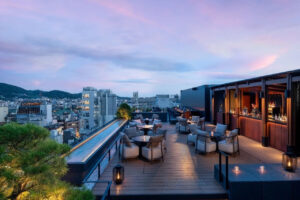
For the first time in a long time, located northeast of KyotoKirara-zaka slope toward Mt. HieizanThe road has been climbed up the mountain. The narrow, steep road has been one of the main routes from the capital to Mt. Hiei since ancient times.The road that imperial envoys and ascetic monks to Enryaku-ji came and went.But there is,It has also been called Teshizaka, Zenji-zaka, or Ajari-michi.
Today, the trailhead for Unmo-zaka, a favorite of climbers, is located beside the upper reaches of the Otowa River. A stone marker for Unmo-zaka stands at the trailhead, but in the old days, the Unmo-zaka trail already started from the road heading north from Ichijoji Nagarimatsu, now Manjyuin Road. AndThe area around the Ichijoji Temple downhill pine tree was the boundary.I ask.
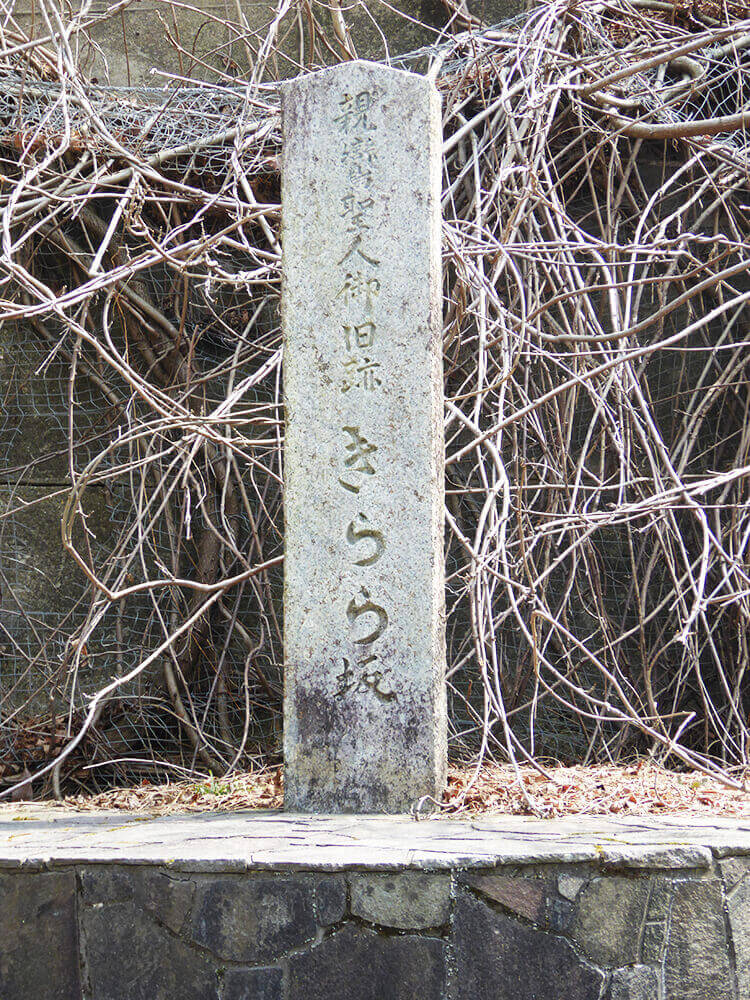
Stone pillar with "Kirara-zaka" painted on it
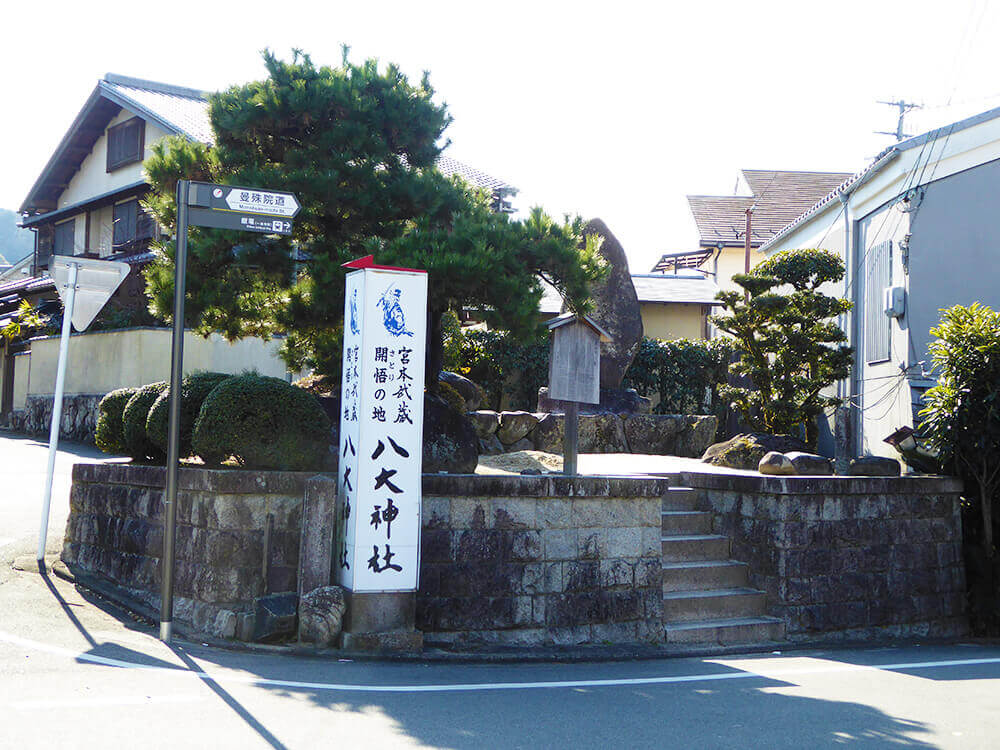
Selaginella tamariscina (species of spikemoss)
Located on the Manjuin Road (old Mica Hill Road), on the premises of Hondade, a long-established mica pickle shop established in Genroku 2, is,A boundary stone stands, inscribed with the words, "Woman, cow, and horse bound.
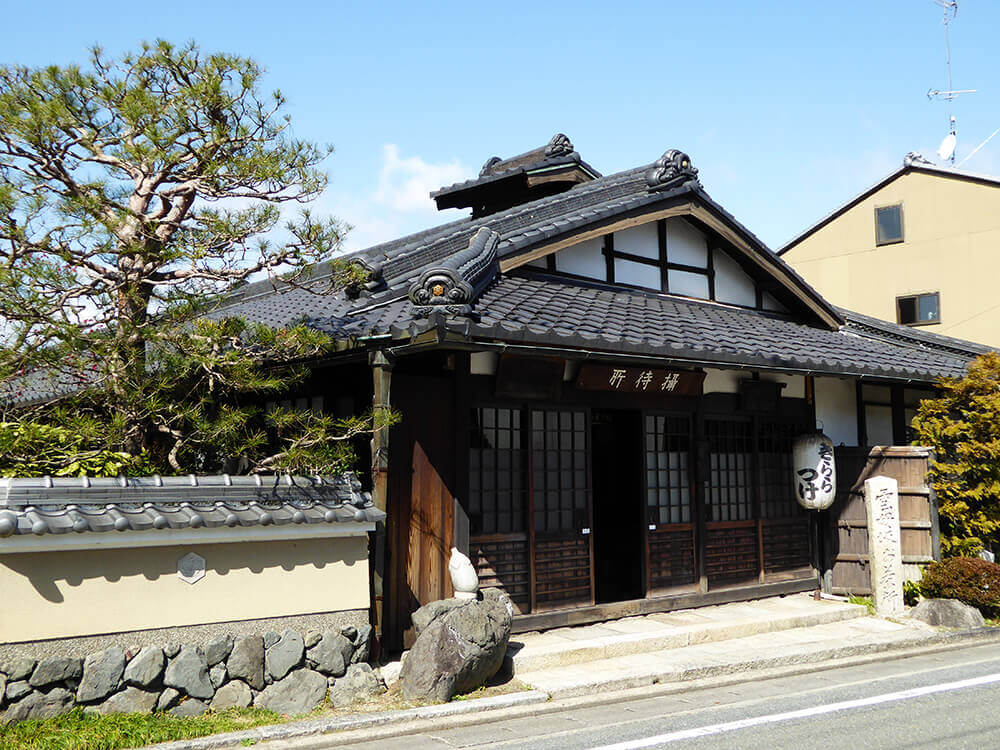
Honode, a long-established mica-zuke shop
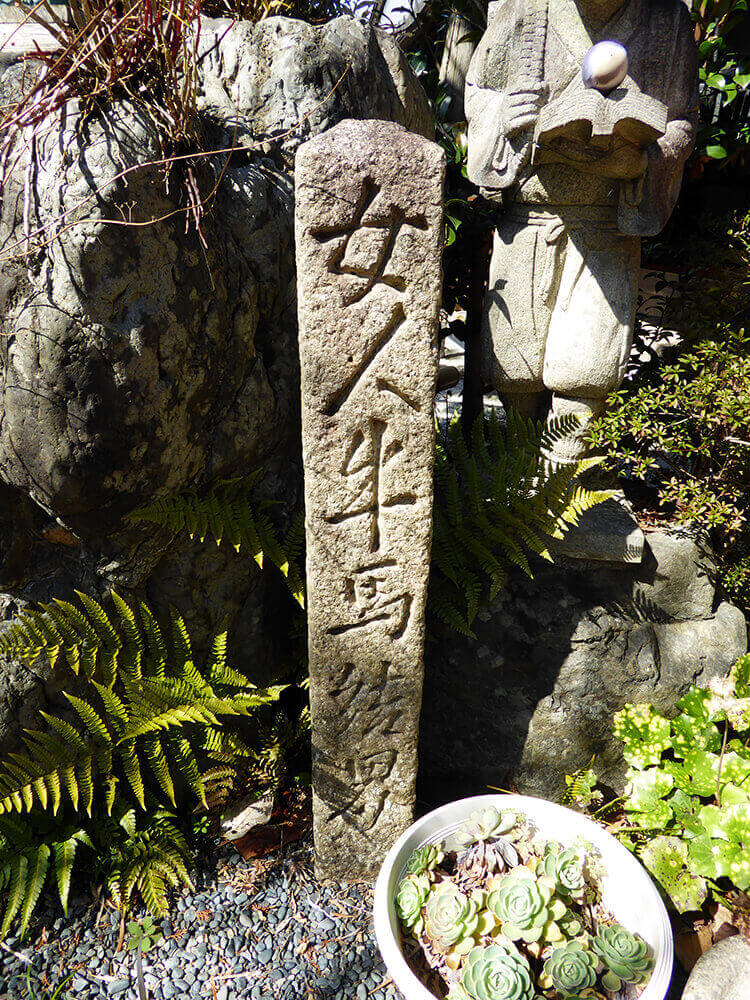
Stone pillar of "Women, cattle, and horses bound together
The owner, the 14th generation, told us that in the old days, people going to Mt. Hieizan, and that this long-established shop was also a gateway.Hieizan, and this barrier also served to stop unauthorized or crooked people.That's it.
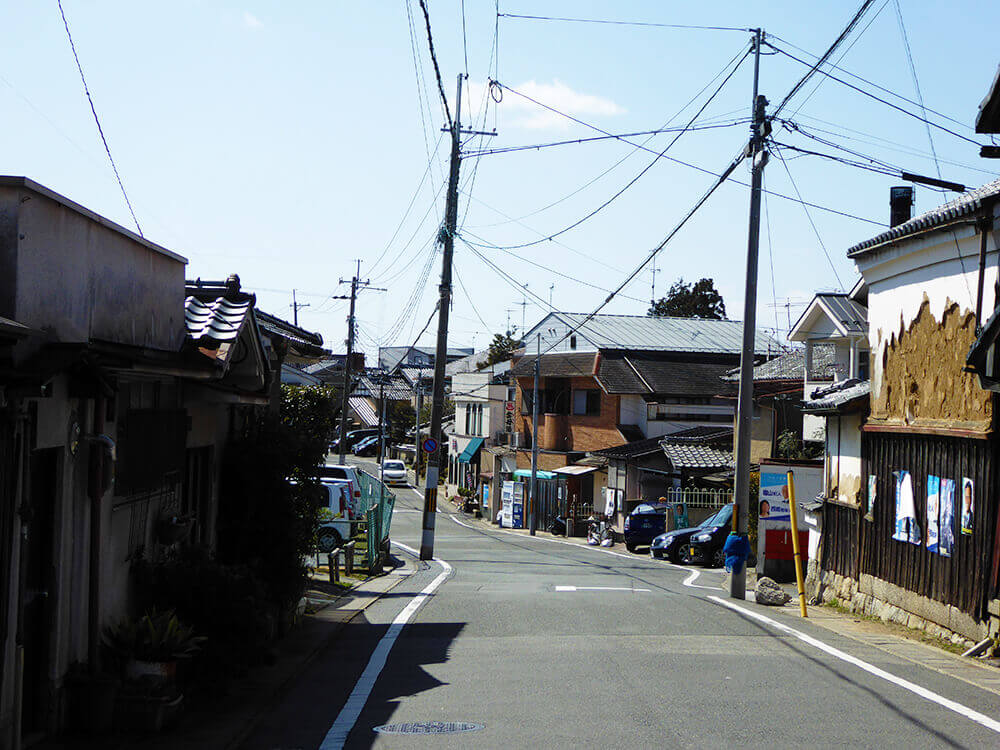
Old Mumo Slope Road
Walking northward on the gentle ascent of the old Mumo Slope Road, and climbing up the steep slope from the present trailhead with stout legs, you will eventually come to the site of the water-drinking campsite. From there, climb a little toward the summit,We came across another boundary stone.It is a stone pillar with the inscription, "Josan Kaiwai Site.
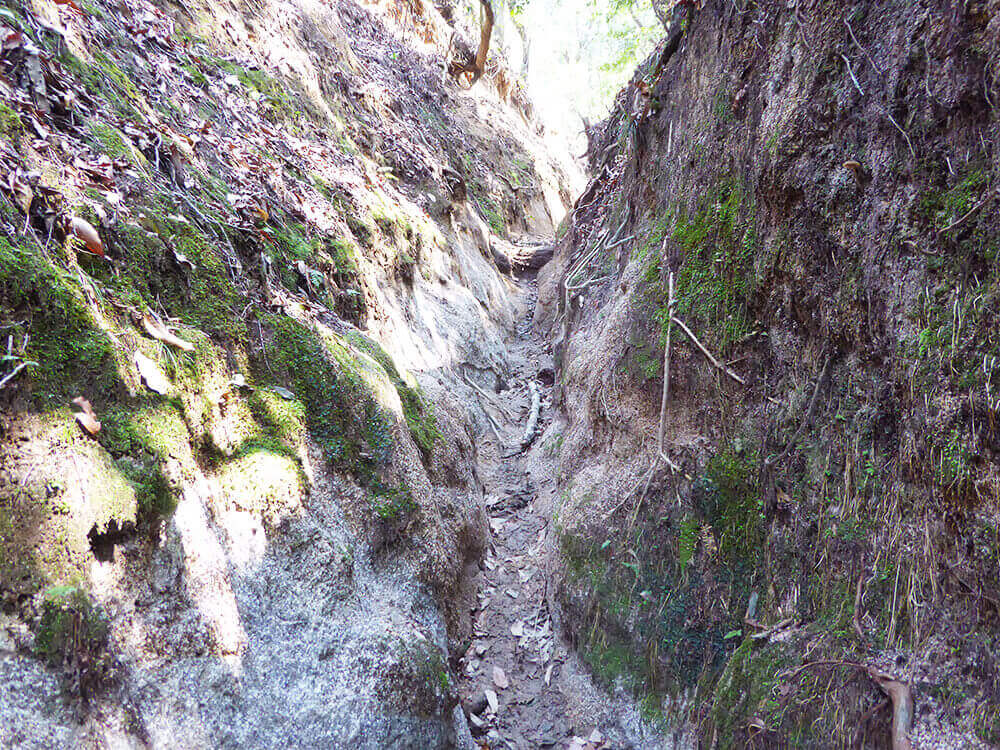
Narrow and steep mound slope uphill
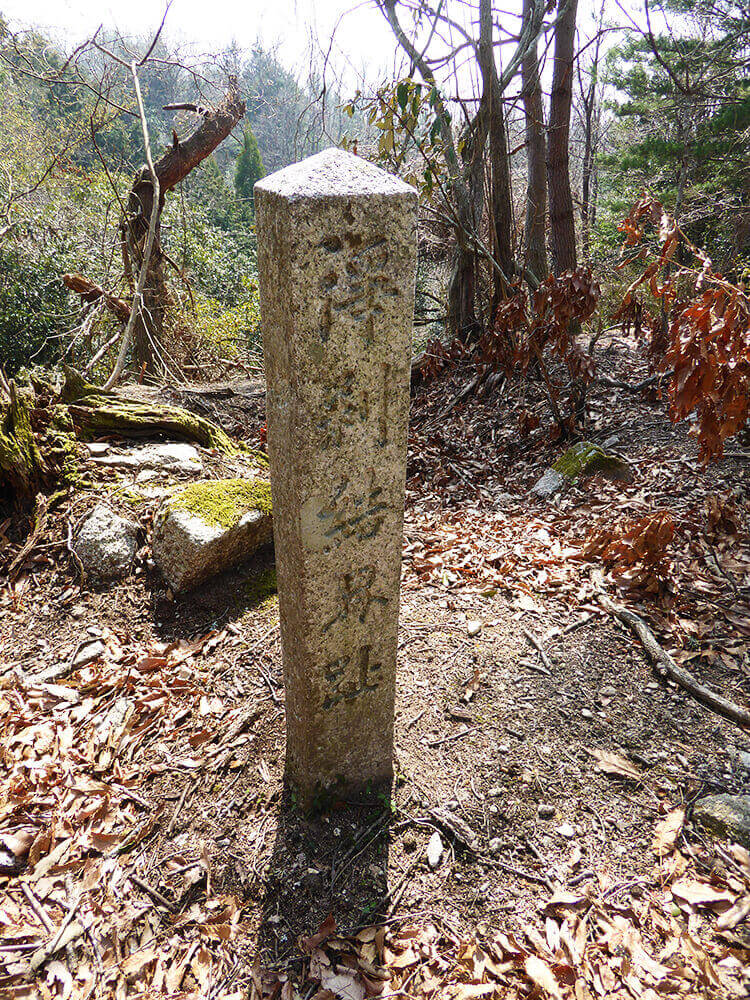
It is located a short distance after the Mumo slope.
Stone monument at the site of "Joso Kaiwai Site
According to the dictionary,Josetsu means "pure land" or "clean area, clean temple," and kyokai means "to perform the practice of Buddhism and prevent the entry of demons" or "to forbid the entry or exit of anything that would hinder Buddhist practice."Because it means,From here on out, you are stepping into the very sanctuary.This means that women were also considered as an obstacle to training in those days. This means that the stone monument of the boundary between women, cattle, and horses indicates that women were also a hindrance to ascetic practice in those days.
According to the "Sanshu Meisho Shishi" (A History of Historic Sites in the Mountain Provinces), the mysterious-sounding name "Mica Slope" means "this slope resembles the formation of clouds," hence the name "Mica Slope. Mica is a mineral found in granite and other rocks. In this area, there are many granites that contain mica. It is said that the name "mica slope" was given to the area because of the sparkling mica, and also because there was a mica temple located in the area.
By the way, the following episodes are told in Hieizan, where women were forbidden to enter. Whenever there was an emergency on Mt.An old woman with a purple face resembling an eggplant appears and rings the bell in front of the main auditorium to warn people of the crisis at once.She was called This woman was called "Eggplant Old Lady. It is said that when Nobunaga Oda attacked the area, Old Lady Aubergine appeared.In the sacred mountain where women are forbidden, a woman is the first to save the day.This is an interesting episode that shows that the strength of faith is not inferior to that of men even if they cannot climb Mount Hiei.
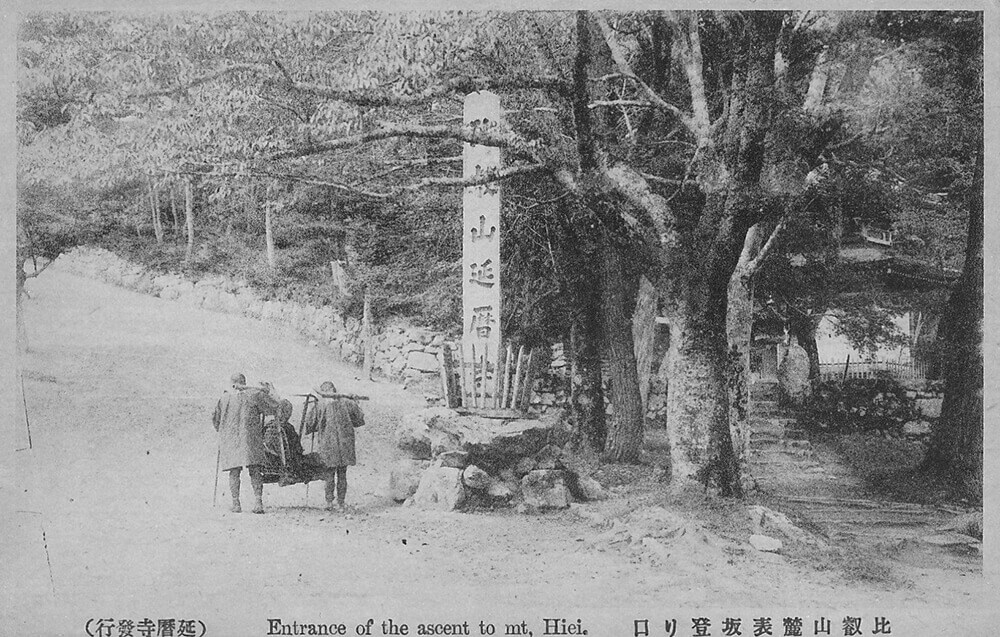
Postcards from the early Showa period.
Pilgrimage to Enryakuji Temple by palanquin from Sakamoto side in Shiga Prefecture
Nowadays, anyone can climb Kumozaka and Mt. Hiei, and it is easy to get up there by taking the Eizan Electric Railway, a cable and a ropeway. However, as one enters the steep mountain road from the old Kumoizaka Road and climbs up the mountain in the quiet air and the flow of the Otowa River, one can feel firsthand that this area is still the boundary and sanctuary of Kyoto,I feel purified in body and soul.It is strange because
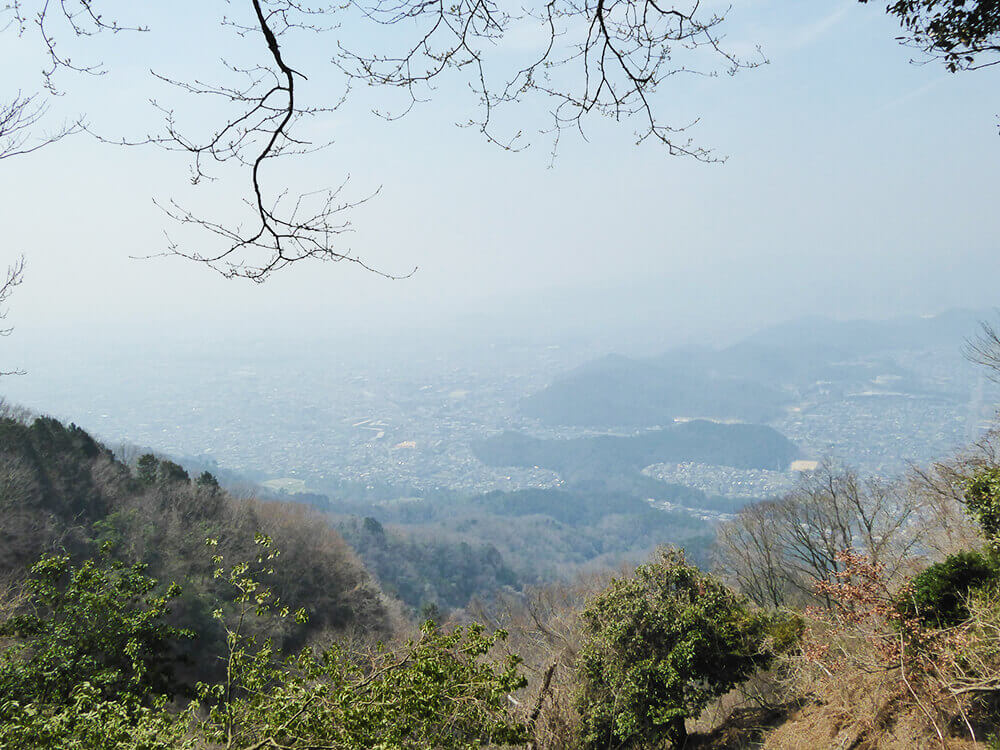
Open views all the way to the summit
Tradition that exists everywhere in the city of Kyoto. It is not just a picture, it is secretly alive in this modern age and continues to coexist with people. The two of Office TO, who previously wrote a series of articles "Kyoto's Demon World Exploration" in the monthly magazine Leaf, explore the mysterious "different" world of Kyoto, which was created over 1200 years. I will unravel the story while actually visiting the place. .
 News
News Feature article
Feature article Featured event
Featured event